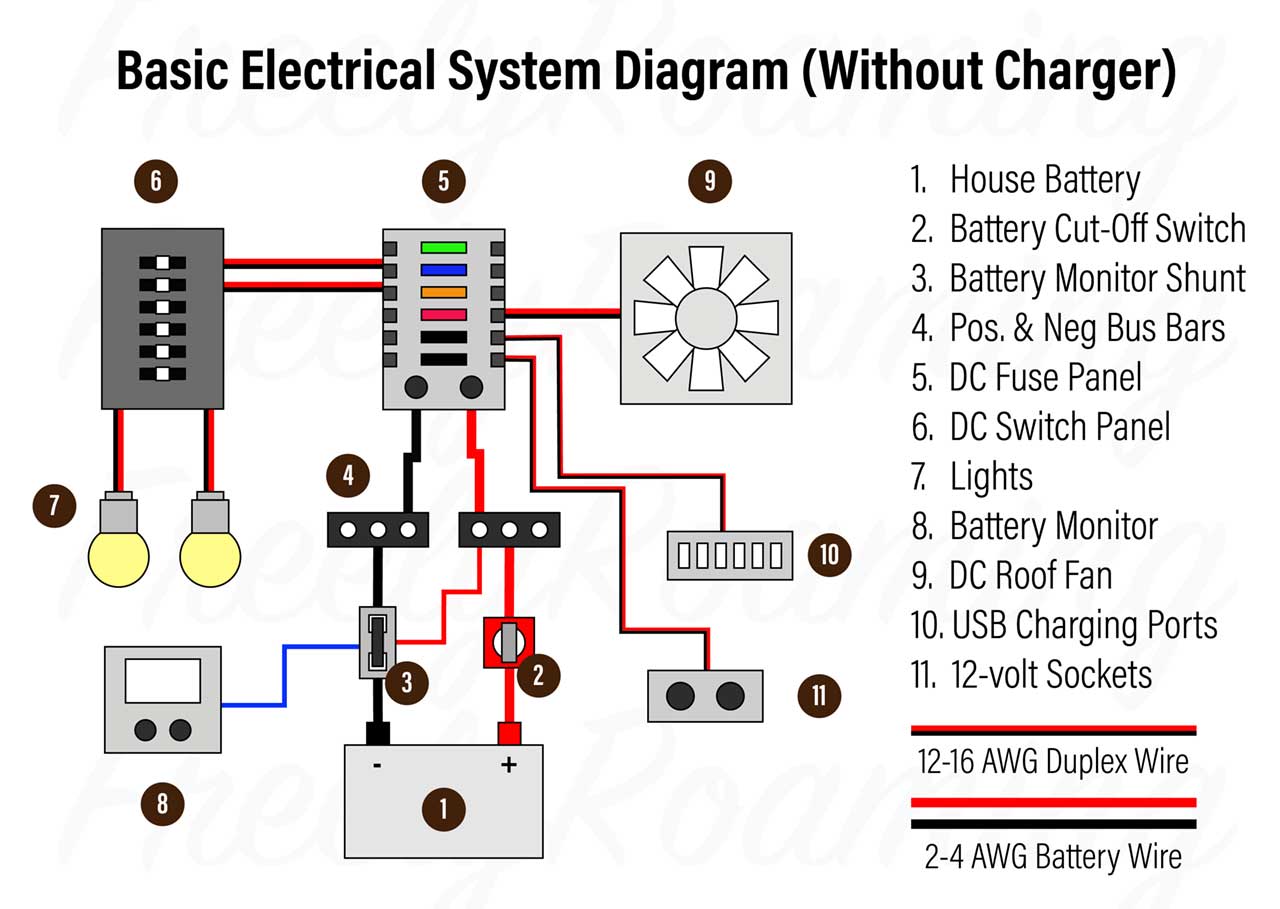Residential Electric Code Requirements
by Admin
Posted on 13-07-2022 11:02 AM

All About Electrical Systems
Without electricity, practically nothing works, from appliances and lights to computers and air conditioners. Even some types of phones and heating equipment become worthless. Electricity is integral to our way of life.
 A home’s electrical system includes incoming power lines, an electric meter, a service panel, subpanels, household wiring, electrical boxes, receptacles (outlets), switches, and, of course, the appliances, lights, and equipment that put the power to work. Other electrical systems in a house include wiring for home entertainment, such as cable television, home theaters, and audio systems, not to mention wiring for home communications such as telephones, security systems, doorbells, and intercoms.
A home’s electrical system includes incoming power lines, an electric meter, a service panel, subpanels, household wiring, electrical boxes, receptacles (outlets), switches, and, of course, the appliances, lights, and equipment that put the power to work. Other electrical systems in a house include wiring for home entertainment, such as cable television, home theaters, and audio systems, not to mention wiring for home communications such as telephones, security systems, doorbells, and intercoms.
Electrical systems start with, and from, the meter, which belongs to the electricity board. From there it goes to your consumer unit (also known as a distribution board or fuse board) which has a main switch, and to the lifesaver rcd (residual current device), and then it feeds all the circuits in your house via a miniature circuit breaker — mcb (fuse). Rcds really are lifesavers: they trip out on leakage, not overload, meaning they cut off the flow of electricity automatically when they sense a ‘leakage’ – or imbalance – of electric current from a circuit. Whatever’s going into the circuit, carried on the live and neutral wires, must remain balanced as it flows through and returns — or the rcd will trip.
Some home electrical systems include a dedicated disconnect switch that is mounted on an outside wall of the home near the electric meter. In the event of a fire or flash flood, or if work needs to be done on the system, a disconnect switch allows you to shut off the power from outside the home so you don't have to enter the home to turn off the power. If an electrical system does not include a separate disconnect switch (and most do not), the main circuit breaker in the home's main service panel (breaker box) serves as the system disconnect.
Power and telecommunication services generally require entry points into the home and a location for connection equipment. For electric power supply, a cable is run either overhead or underground into a distribution board in the home. A distribution board, or circuit breaker panel, is typically a metal box mounted on a wall of the home. In many new homes the location of the electrical switchboard is on the outside of the external wall of the garage. How services are connected will vary depending on the service provider and location of the home. The following home services are supported by discrete wiring systems.
Electric Residential Wiring: Basic Elements & How They Work
By quick spark
electricity is an integral part of any property, including your house. Power is needed to run appliances, maintain a comfortable temperature and get things done overall. Everyone must, therefore, have at least a basic understanding of what constitutes residential electrical wiring and how the system works. This is to avoid any issues and manage the system in case an emergency arises.
While we hope that you have basic house wiring to take on your project, home improvement jobs for any residential wiring is a complex topic and takes years of learning and experience. In order to avoid any risk to your safety when working with home wiring, it is best to seek professionals as there is a serious and greater price to pay if you don’t. Electrical work is not something that should be taken lightly and have a set of rules that is strictly followed by an electrician. Unless you’re experienced in even the slightest basic electrical wiring , this job should not be done on your own.